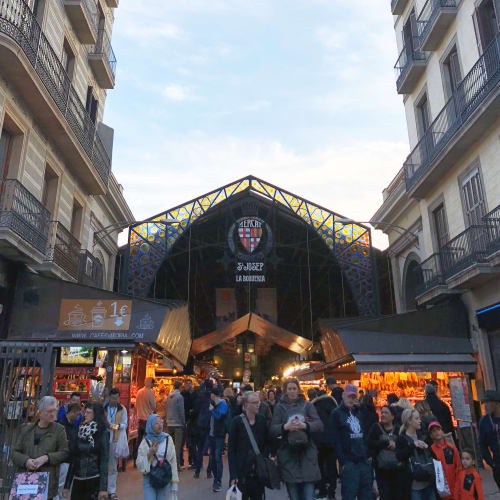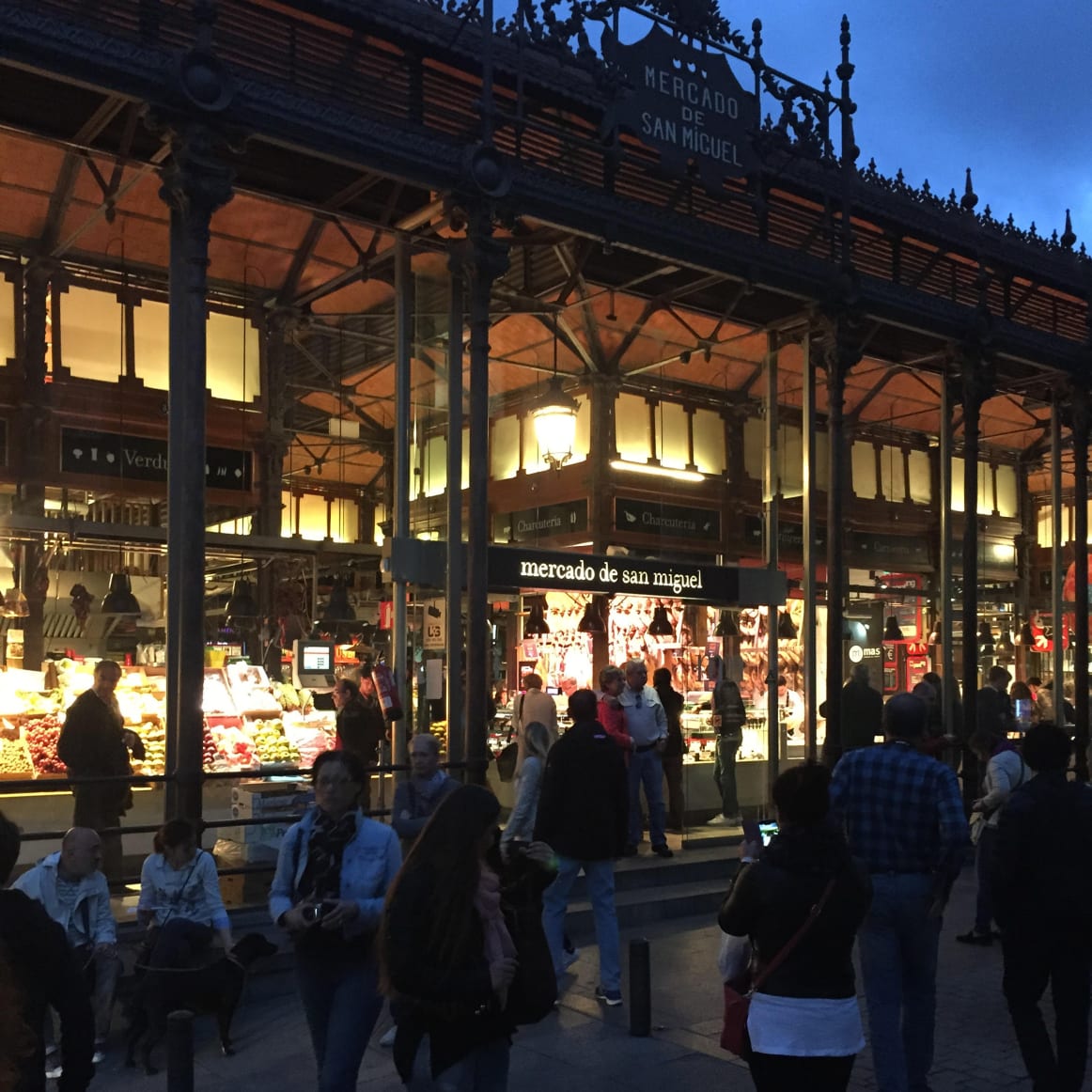When do they ever sleep?
June 2009




The Spanish live in quite a different culture than ours, as many of you have experienced, even if you have only been to Spain for a handful of days. Rather than the home being their castle, the community is the focus of their lives. “Home is where I sleep,” a Spanish friend of mine explained, “I live in my neighborhood.”
In smaller towns on any given evening, you will see people of all ages strolling the streets together, making a paseo. It is an inter-generational time where you might see older people walking with their children, and the younger generation, too. More often than not, the goal is a favorite café or bar they have been going to for years. There they will chat with old friends, cousins, neighbors, including small children who play with each other within sight of the older people.

My life as an adult in America is not at all like it would be in Spain, or even as it was when I was a child. As a little boy, I could play with the kids in my neighborhood for hours, come home for a little supper and then go outside to play some more until it was dark. I liked the days of June especially. Not only was school over for the year, but the long hours of daylight suited me perfectly. It was sort of like Spain!
Now that I am older I do not go out routinely to enjoy friends and neighbors. We may schedule a cookout or meet at an organized picnic – that is what our neighborhood did for Memorial Day. Maybe we go to a local concert on the lawn once in the summer. But we have lost that childhood freedom to go out into the neighborhood just to be with friends, as many of us did as kids. It is not customary in America.
For suburban Americans, our home is our castle. We get up in the morning, sometimes before the sun rises, eat some breakfast and individually drive to work. When the day is done, each of us drives back home, pushes the automatic garage door opener and safely parks within the confines of the house. There we have dinner with the family, play with the children before putting them to bed, and then relax, perhaps watching a ball game or working in the yard. It is a nice way of life in many respects.
However, the routine many of us follow in America precludes spontaneous contact with our neighbors. Part of the reason is that Americans move so often – the average is about once every seven years. So we or our neighbors may come and go before we get a chance to know each other. Another factor is that our extended family may be spread across hundreds of miles, so practically speaking the only family we see is under our roof.
Most Americans are taken aback by the late dinner hour in Spain. Part of the reason for the late hour is the accident of time zones. If you look on the map, you will see that Spain is directly south of England and ought to be operating on Greenwich Mean Time. However, because the Iberian Peninsula is physically attached to Europe, it is more convenient for commerce to conform to European time, which is one hour later. In the summer Spain effectually operates on “double daylight savings time” where it is still daylight at 10:30 in the evening. Who wants to go to bed then? And so, Spaniards don’t!
Traditionally, most Spaniards have an ample noon meal at 2:00 or 3:00 PM and may take an hour to eat, followed by a siesta. The stores are closed for several hours. After work (maybe 7:00 PM) is time to be with friends and family at the local tapas bar. It may be close to 10:00 PM by the time they return home for a light supper.

Many young people then go out to socialize at discos into the wee hours. I remember one time we were “sleeping” in a small hotel in Valencia and the din of the merrymaking did not end until 3:00 AM! After the clatter produced by the bartender who emptied hundreds of empty bottles into bins by the street, there was finally some silence. To this day, I have not figured out when the Spaniards get any sleep!
I remember when I was a young naval officer and we were living in downtown Puerto de Santa María among the sherry bodegas. We would often retire for the night hearing outside our window the laughter of young people and the rhythmic clapping of flamenco echoing down the cobblestone street. It took some adjusting to raise our little children when I had to begin work at 07:30 – a perfectly reasonable time for the Navy to start the workday when we were in Norfolk. I don’t think adjustment to Spanish mores was high on the command’s list of priorities!
In my early days touring Spain, I did not see any need to adjust at all. Touring was so efficient: everything conveniently halts in the middle of the day, and all the truck drivers dine at roadside cafes (and dining is the correct term – no quick hamburger for them). Nobody is on the road, all the museums are closed - what a great way to cover the country! This was my chance to speed to the next town on my itinerary, with a ham and cheese bocadillo in hand. I soon realized that I ended up observing Spain, without participating in the enjoyable life style of the Spanish people.
In recent years we have learned to travel differently. On our visits now we enjoy the gracious rhythm of the culture. Rather than rocketing from town to town to see as much as we can, we slow down and stop to eat when the local people dine (including the truckers). It is a leisurely respite: good fresh salads and seafood cordially served by people who take pride in their service. If we are in town, we find a popular café and allot an hour or two to enjoy life. (Often people at the other tables will acknowledge us as we join them in the restaurant - and say goodbye to all as they leave.) Having a large meal at 3:00 PM leads to eating supper late at 10:00 PM, not 6:00, which for the Spaniard is the middle of the afternoon!
To appreciate people you need to be with them, adapting to their way of life. Ruth and I cannot think of a more pleasant time than sitting with friends, having a glass of Manzanilla and some shellfish in the main plaza of Sanlúcar de Barrameda. Around us, life unfolds: we see young couples with their babies being fed caramelos by some delighted grandmother; pensioners basking in the sun; little boys and girls scampering gleefully around the central fountain.
America is not Spain, and our approach to life can be quite satisfying. We are mobile and individualistic, easily adaptable since our family roots are not as firmly planted in one location, as they would be in Spain. Just imagine a Spaniard coming to Colonial Williamsburg (where we live) and expecting dinner at 10:00 PM! I am afraid he would go away hungry. The place would be buttoned up for the night!
But we find the two cultures are complementary. The great advantage of modern travel and communication is that we can learn from one another and have the best of both worlds.
Saludos,
Don

